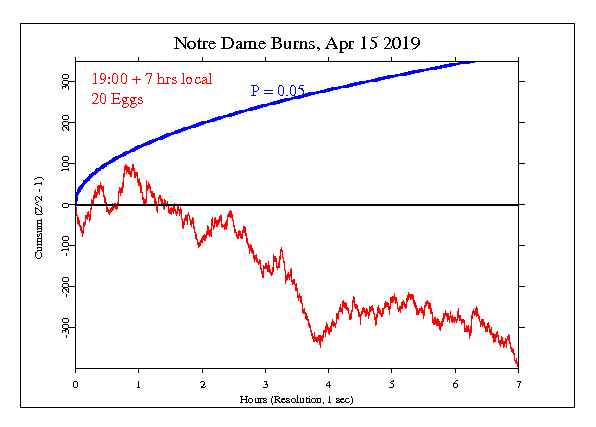Notre Dame Fire
From the New York Times: "The fire that ravaged Notre-Dame cathedral in Paris on Monday left a scarred skyline that one of the French capital’s most iconic structures has graced for centuries. Gone is the cathedral’s soaring, delicate 300-foot spire, which collapsed in the flames. The cathedral’s wooden roof is now blackened and charred."
Traveling in Berlin, I checked my email and scanned FB from my hotel, I learned of the Notre Dame fire at about 8 pm European time. A quick search showed that wisps of smoke were noticed an hour earlier. Within that hour a spark and smouldering became an inferno that raged, despite the efforts of 400 or 500 highly effective firefighters, for another 8 or 9 hours until it was controlled. The TV coverage was constant, and it included expression of the fears and sadness of Parisians, of tourists, and of the world. Notre Dame is as much a symbol as a church, and there was no question people around the world were drawn together emotionally by this tragedy. Fortunately there were no deaths, and the main structure of the cathedral including the iconic bell towers could be saved. A number of people suggested this was a global event we should assess.
Specific Hypothesis and Results
The GCP event was set for a 7 hour period beginning at 7:00 pm local time (17:00 to midnight UTC). The result is a strong and persistent deviation downward, culminating with a Z-score of -1.751. This is opposite to our standard prediction, but is consonant with a large subset of events that include meditation and prayers for peace. As my colleague William Treurniet, who did an independent analysis suggested, this event was certainly one in which huge numbers of people were praying together, hoping that Notre Dame could be saved.
Interpretation
The following graph is a visual display of the statistical result. It shows the second-by-second accumulation of small deviations of the data from what’s expected. Our prediction is that deviations will tend to be positive, and if this is so, the jagged line will tend to go upward. If the endpoint is positive, this is evidence for the general hypothesis and adds to the bottom line. If the endpoint is outside the smooth curve showing 0.05 probability, the deviation is nominally significant. If the trend of the cumulative deviation is downward, this is evidence against the hypothesis and is subtracted from the bottom line even though it may indicate an effect. For more detail on how to interpret the results, see The Science and related pages, as well as the standard caveat below.

Standard caveat
It is important to keep in mind that we have only a tiny statistical effect, so that it is always hard to distinguish signal from noise. This means that every success
might be largely driven by chance, and every null
might include a real signal overwhelmed by noise. In the long run, a real effect can be identified only by patiently accumulating replications of similar analyses.
